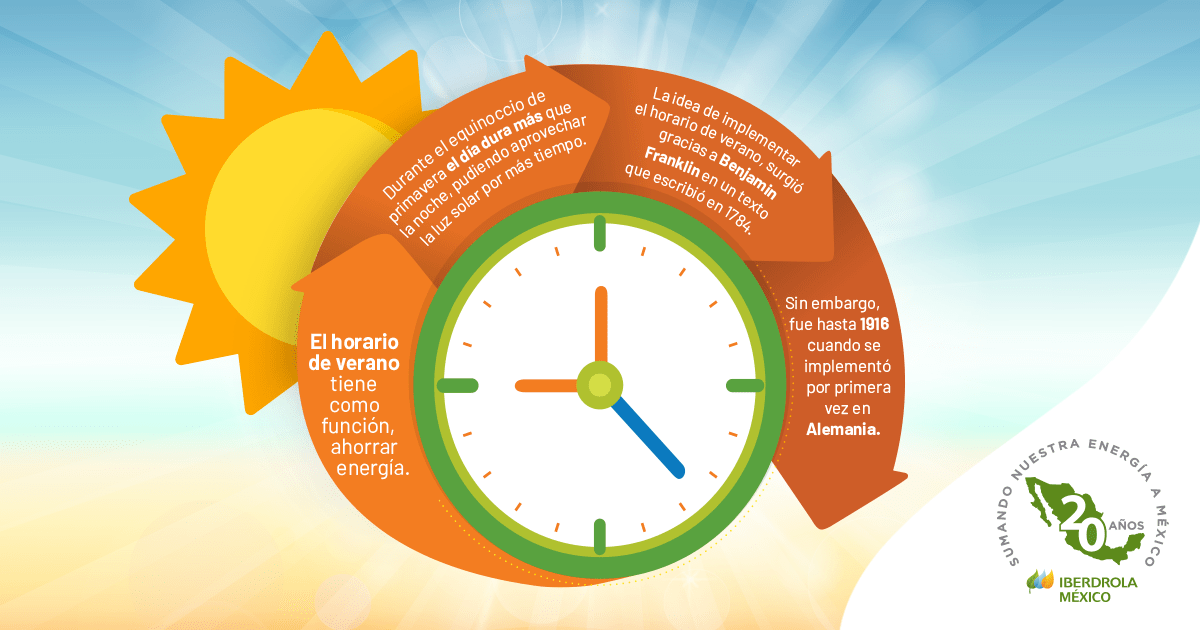You have surely wondered where this idea originated. Here is the answer: In 1784 Benjamin Franklin, then the United States Ambassador to France, sent a letter to a French newspaper setting out a set of actions to save energy.
He put forward three peculiar actions:
- Lay a tax on people with windows provided with shutters to prevent sun light from coming into the room.
- Regulate the burning of wax and candles.
- Let all the bells of the church be set ringing at the stroke of dawn to wake everybody up to make the most of natural light.
The three ideas were rejected; however, they are a forerunner of what we know today as daylight saving time.
This measure was officially implemented in Mexico in 1996 – excluding in the state of Sonora – with the purpose of saving energy at homes. Since then, daylight saving time has succeeded in saving energy; one example of this is data presented by the Fideicomiso para el Ahorro de Energía Eléctrica (Electrical Energy Savings Trust):
Between 1996 and 2014
were saved
of electricity
In 2014 energy savings
totaled
billion pesos, which are equal to 546,000 tons of CO2 that were not consumed
In 2015 energy savings were equal to the consumption of
homes for the whole year
In view of the above, daylight saving time not only can save energy, but also benefit the environment, since using natural light for more time allows to reduce our energy emissions. It should be noted that some people question this measure because lights are turned on in the morning.
At Iberdrola México we believe that these days are an opportunity to reduce our emissions through small actions that will have a positive impact on the planet. Therefore, do not forget to set the clock one hour forward and enjoy evening sunlight longer.


